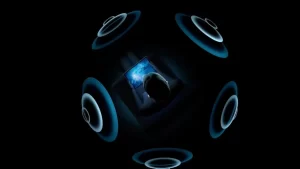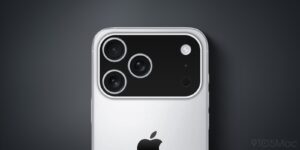Every iPhone 12 model compared
[ad_1]
With more models, new screen sizes, and a whole lot of new camera tricks, upgrading or switching to the iPhone 12 is a no-brainer. Deciding which phone to buy, well, that’s another story. Thankfully, we’re here to break all of the little differences down for you.
Design and colors
While Apple didn’t completely reinvent the iPhone this year like it did with the iPhone X, the iPhone 12 definitely has its own style. It features flat edges and a uniform construction not unlike the iPhones 4 and 5. The antenna lines are more of a design element this year as well, and the camera array on the back has been slimmed down a bit for a more seamless flow.
Like last year, the Pro models feature stainless still versus the iPhone 12’s aluminum, as well as a frosted glass finish instead of glossy. And despite having the same 6.1-inch display as the iPhone 11, Apple has trimmed a bit of the iPhone 12’s body. And even though the Pros have larger screens, they’re not much bigger than their predecessors either, though you’ll notice that the entire lineup is quite a bit thinner than the previous generation:
iPhone 11: 75.7 x 150.9 x 8.3mm
iPhone 11 Pro: 71.4 x 144 x 8.1mm
iPhone 11 Pro Max: 77.8 x 158 x 8.1mm
iPhone 12 mini: 64.2 x 131.5 x 7.4mm
iPhone 12: 71.5 x 146.7 x 7.4mm
iPhone 12 Pro: 71.5 x 146.7 x 7.4mm
iPhone 12 Pro Max: 78.1 x 160.8 x 7.4mm
Overall, you’re getting a very similar footprint as the iPhone 11 and 11 Pro, with the same screen general design. Not that we’re complaining—the iPhone 11 is one of the nicest phones we’ve ever seen—but we’re really hoping for a smaller notch on the iPhone 13.
As far as colors go, Apple has a few new options for the new phones, with the iPhone 12 offering a more colorful, playful array and the Pros getting a new classy blue hue.
iPhone 12/12mini: Black, White, Red, Green, Blue
iPhone 12 Pro/12 Pro Max: Graphite, Silver, Gold, Pacific Blue
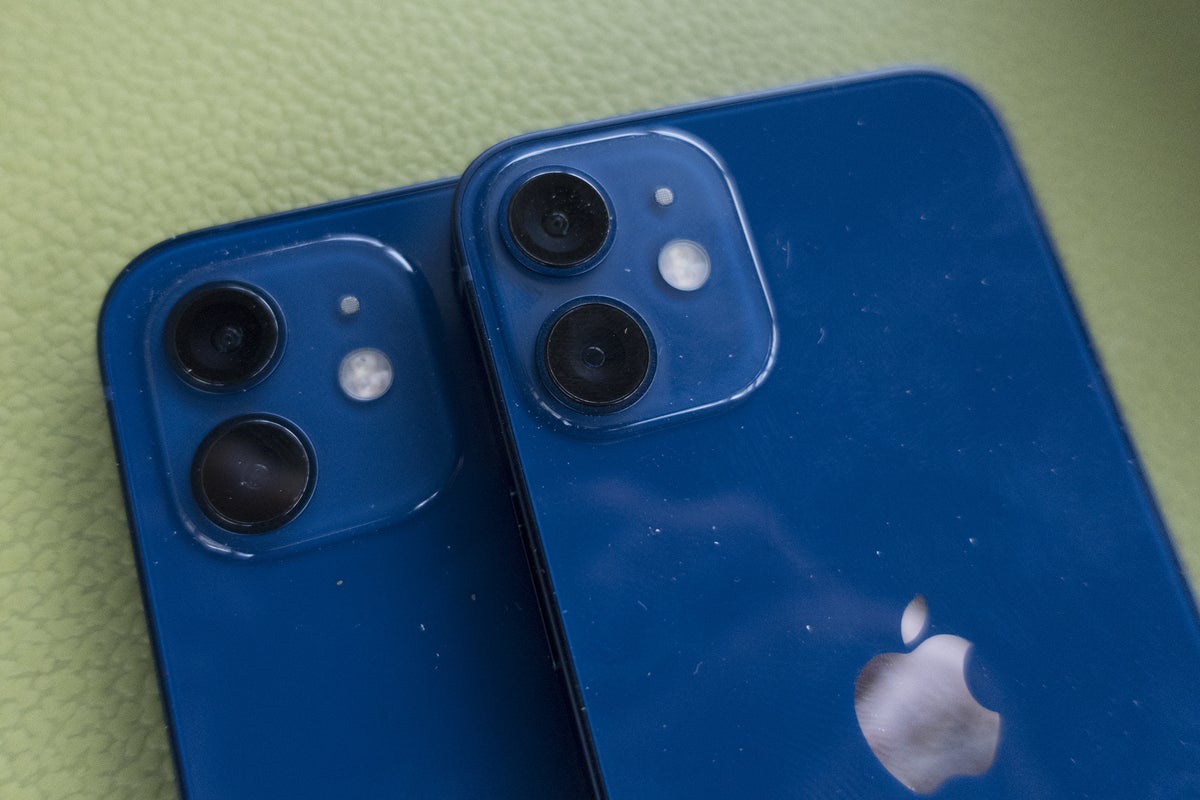 Michael Simon/IDG
Michael Simon/IDGThe iPhone 12’s new blue color is very nice.
Our pick: This is purely a matter of size preference. We think most people will prefer the 6.1-inch models, if you want bigger or smaller you’ll be happy with the mini and the Max. We do like the stainless steel on the Pro and we really like that Pacific Blue color.
Display
The iPhone 12 and 12 mini’s biggest enhancement is with the display. Instead of the 720p LCD that required thicker bezels and looked positively outdated compared to the iPhone 11 Pro, all models now feature Apple’s Super Retina XDR Full HD+ OLED displays. That means you’re getting incredible contrast and the deepest possible blacks and brightness up to 1200 nits, about 50 percent brighter than the iPhone 11. However, brightness is a touch higher on the Pro models (800 nits vs 625 nits).
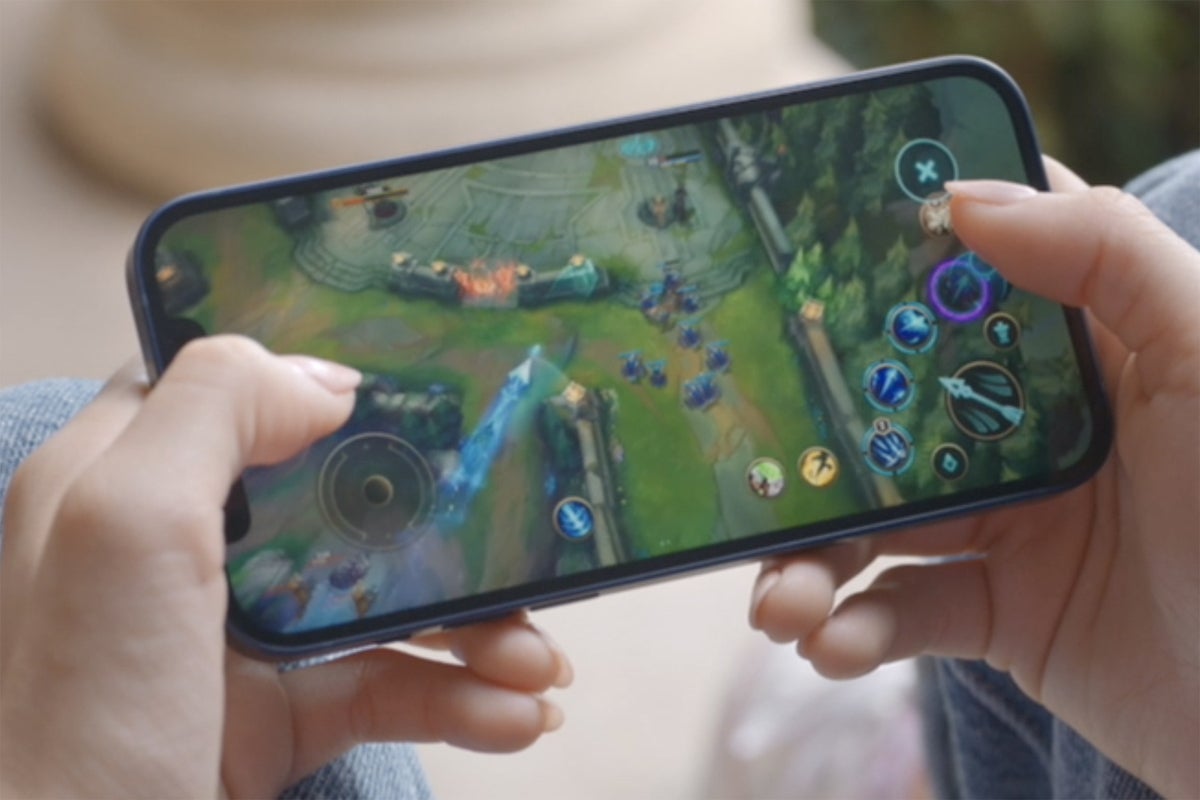 Apple
AppleThe only real difference between them is the size. The iPhone 12 comes in 5.4-inch and 6.1-inch varieties, while the iPhone 12 Pro is available in 6.1-inch and 6.7-inch options. We would have loved to see the 120Hz ProMotion displays this year, but alas, we’ll be waiting till at least 2021.
Our pick: Again, it comes down to preference. And again, we think 6.1 inches is basically the sweet spot.
Performance
As expected, the new iPhones all have Apple’s newest A14 Bionic chip, which delivers an impressive speed boost over the iPhone 11’s A13. No matter which iPhone 12 you buy, you’re getting a 5nm CPU crammed with 11.8 billion transistors, a 16-core neural engine that can handle 22 trillion operations per second, and a machine learning accelerator that’s 70 faster than the previous generation.
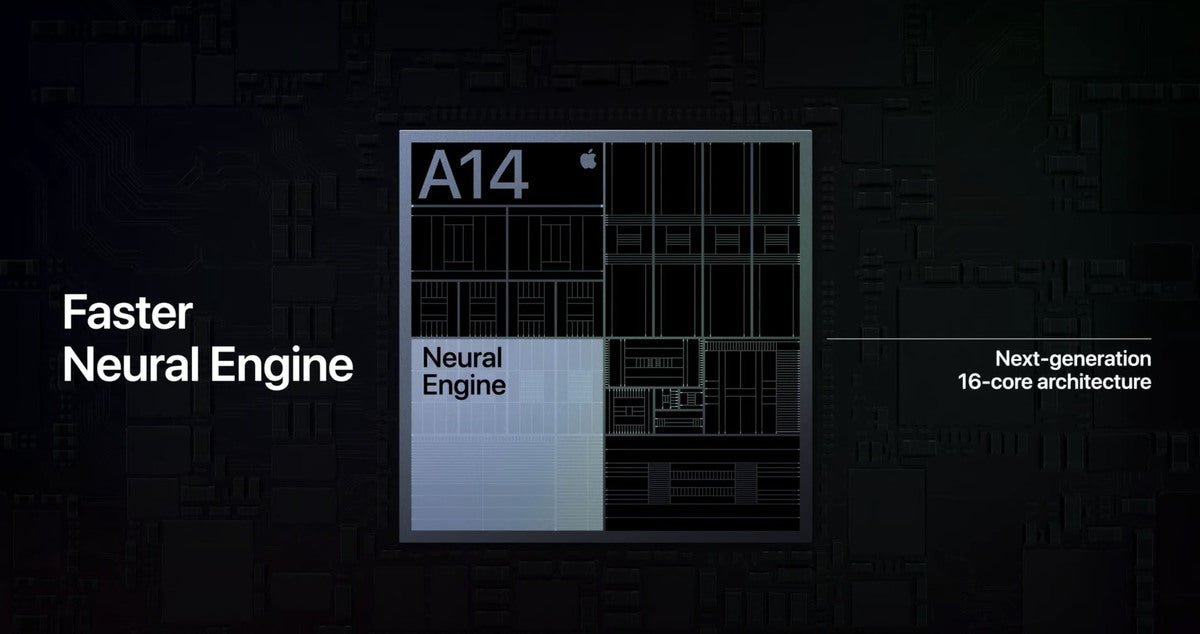 Apple
AppleWe won’t know exactly how much RAM the iPhone 12’s have until the first teardown, but based on the trajectory, it’s likely that they have 6GB, at least on the Pro models, an increase over the 4GB in the iPhone 11 and 11 Pro. What we know for sure is that all four phones will have speed to spare.
Our pick: Flip a coin. All four phones are tremendous performers and you won’t notice a difference between the mini and the Max.
Front camera
While the rear camera is more advanced on the iPhone 12 Pro, the front camera is the same on all four phones. You get a 12MP TrueDepth camera with an f/2.2 aperture, Face ID, and Smart HDR 3. Portrait Mode and Portrait Lighting are still there along with Night Mode and Deep Fusion, which were previously only available on the main rear lens. You’ll be able to take portraits using night mode for the first time, and video buffs also get support for HDR video recording with Dolby Vision up to 30 fps.
Our pick: OK, this is getting silly.
Rear cameras
Just like the iPhone 11, Apple is using the rear camera as a major point of distinction between the iPhone 12 and 12 Pro. While both phones share two of the same lenses, the Pros once again add a third telephoto camera and some cool new features:
Camera 1: Ultra Wide, f/2.4
Camera 2: Wide, f/1.6
Camera 3 (iPhone 12 Pro): Telephoto, f/2.0
Camera 3 (iPhone 12 Pro Max): Telephoto, f/2.2
In addition to the extra zoom lens, you’re also getting a LiDAR Scanner on the Pro models, which will bring AR enhancements and better portrait mode images.
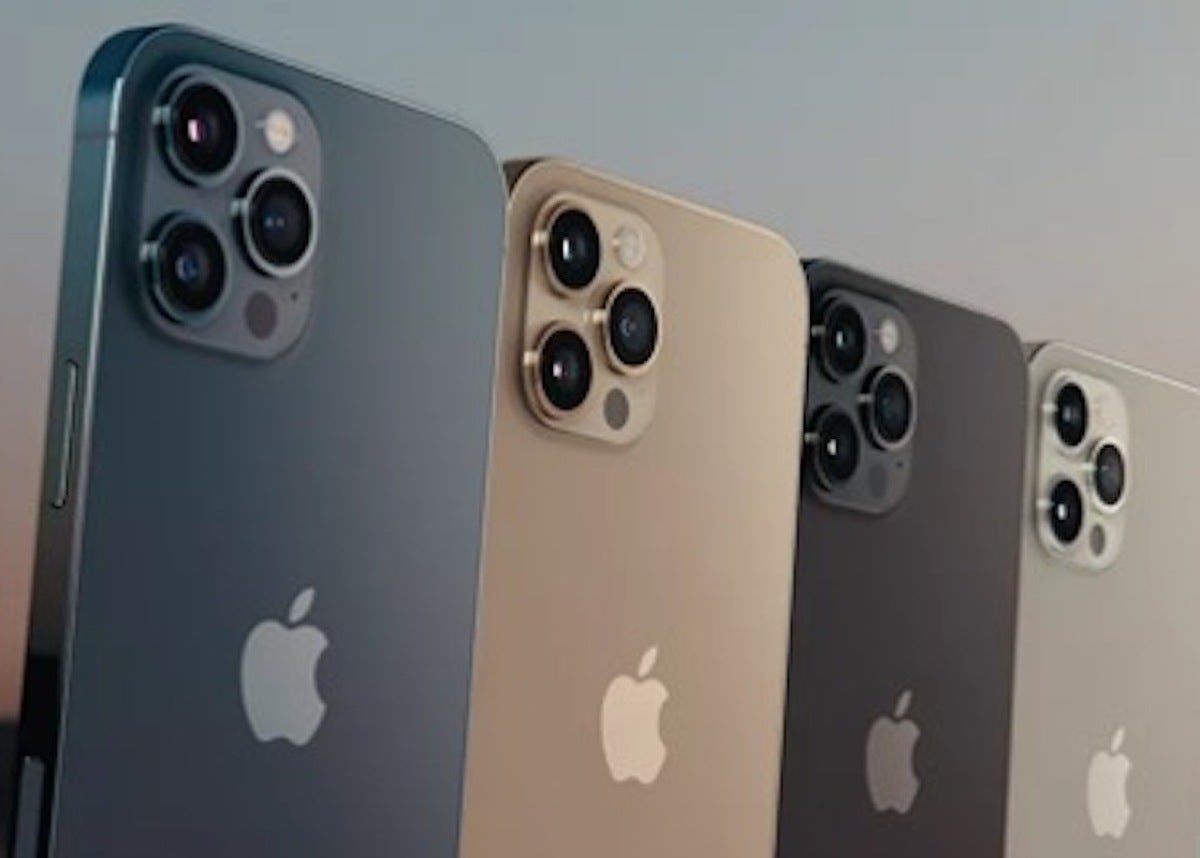 PCWorld Coupons
PCWorld CouponsThe iPhone 12 Pro has a telephoto camera that makes a big difference when compared to the iPhone 12.
But even between the Pro models, the cameras are not created equally. The Pro Max’s wide camera has a 47 percent larger sensor with 1.7μm pixels for an 87 percent improvement over the iPhone 11 Pro in low-light conditions. By comparison, Apple says the smaller 12 Pro only brings a 27 percent improvement.
You also get a better telephoto lens on the Max. While the iPhone 12 Pro has a similar 4X optical zoom lens (10x digital zoom) as the 11 Pro, the 12 Pro Max ups the zooming capabilities to 5X for tighter crops from further away. It’s a curious split between the two pro models, as the previous Pros were functionally identical. Basically, Apple is positioning the larger Pro as the superior photography phone, which could rankle buyers who don’t want such a big handset.
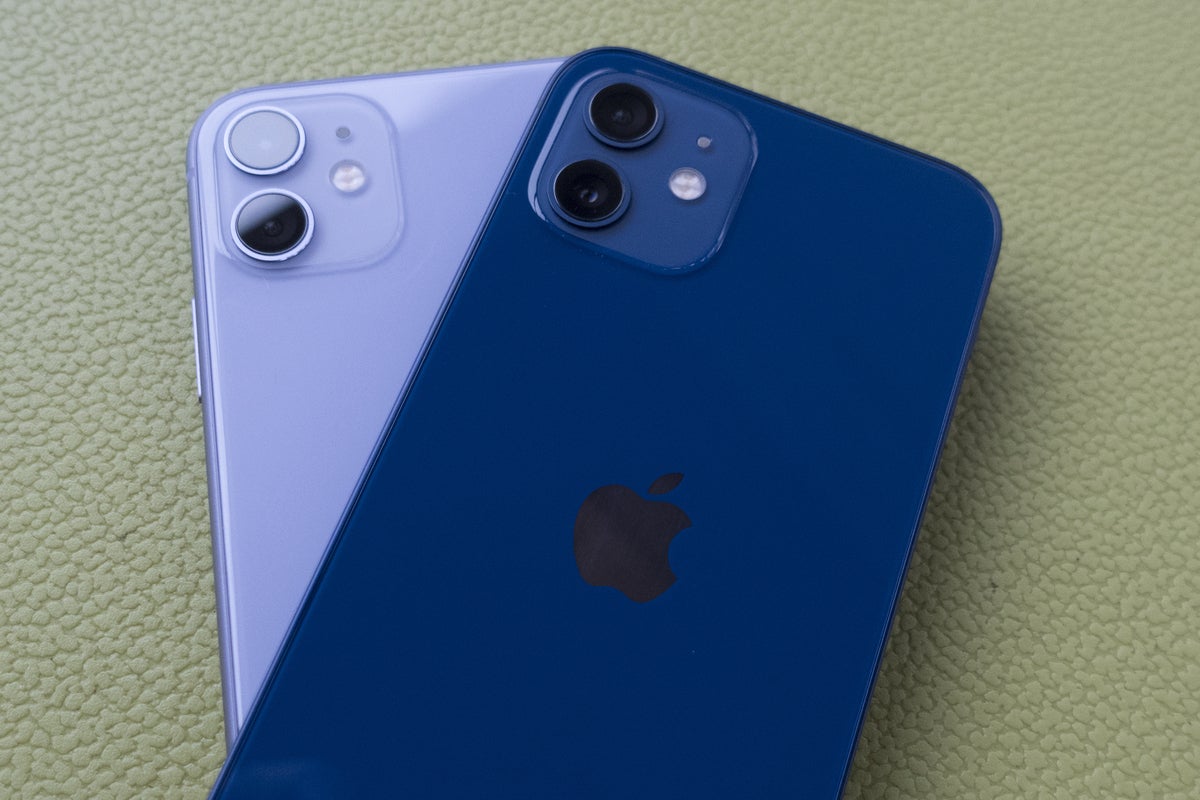 Michael Simon/IDG
Michael Simon/IDGThe iPhone 12 has a similar camera array to the iPhone 11.
Our pick: In our testing, all four phones delivered incredible images, but the Pro Max is ever so slightly better than the rest. Still, we think the iPhone 12 Pro is the best bet with a telephoto lens that the iPhone 12 doesn’t have.
Battery and charging
If you were hoping for a battery breakthrough will the new iPhones, you’re out of luck. Apple is rating the new phones as roughly the same as last year’s models, with up to 17 hours of video playback on the 12 and 12 Pro, and 20 hours on the Pro Max. The 12 mini brings up the rear with just 15 hours of playback due to its presumably smaller battery. We won’t know what the battery capacities are until the first teardown, but they don’t seem to be much bigger than last year.
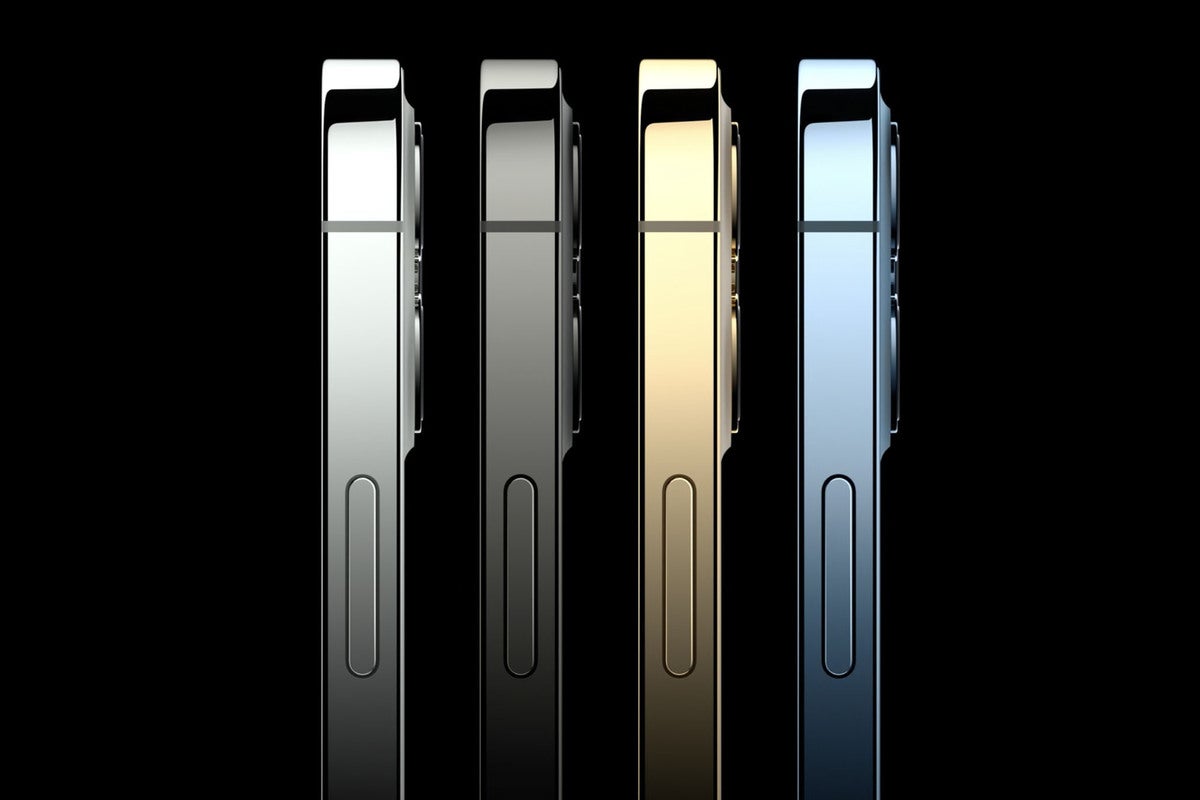 Apple
AppleCharging, however, is very different (though the same across all four phones). While the new phones still use Lightning for wired charging and the Qi standard for wireless charging, you’re not getting a charger of any kind in the box, even the lame 5W one. You are, however, getting a new Lightning to USB-C cable with your iPhone 12 to enable fast charging as long as you have an 18W or higher USB-C charger.
There’s also a new charging mechanism that revives the old MagSafe name. For $39, you can buy an oversized Apple Watch puck charger that will magnetically attach to the back of your iPhone and charge at 15 watts. It’s part of a new ecosystem of accessories that includes cases and wallets and likely many more attachable devices.
Our pick: In our testing, the mini’s battery life was somewhat disappointing and the Max’s was fantastic. The 12 and 12 Pro were excellent as well, easily lasting a full day and then some.
Storage
While the iPhone 12 and 12 mini start at the same 64GB of storage as last year, the iPhone 12 Pro ups the ante with 128GB. Otherwise, the options are the same as the 11: 128GB/256GB for the iPhone 12 and 256GB/512GB for the iPhone 12 Pro.
Our pick: Whichever phone you buy, get the space you think you’ll need.
5G
The big upgrade for the iPhone 12 is 5G, bringing Apple’s phones in line with the rest of the premium Android handsets that have offered 5G for more than a year. The new phones support both sub-6Ghz 5G and the speedier millimeter-wave 5G on all models, so you don’t need to choose which flavor you want.
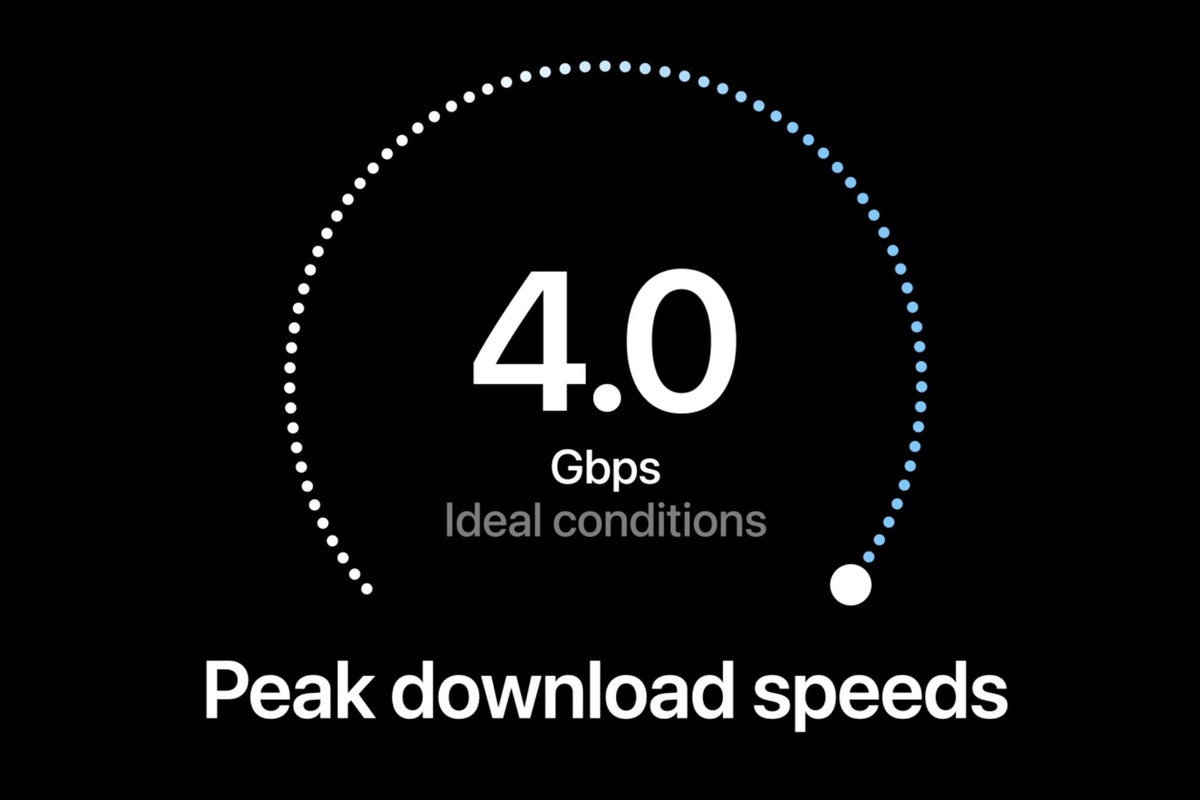 Apple
AppleThat said, 5G is still very much in its infancy right now. If you have an older phone plan, you’ll need to switch to a newer, likely more expensive one, and you’re extremely unlikely to get anywhere near the promised multi-gig speeds that Verizon claimed to deliver during the event.
Our pick: We don’t recommend switching plans just to get 5G, but if your plan supports it, any of these phones will deliver great speeds
Price and conclusion
Apple touted that the iPhone 12 starts at the same $699 as the iPhone 11, but that’s only part of the story. For one, that’s for the 5.4-inch model, so a comparable iPhone 12 costs $100 more than the iPhone 11. For another, that’s not actually the price.
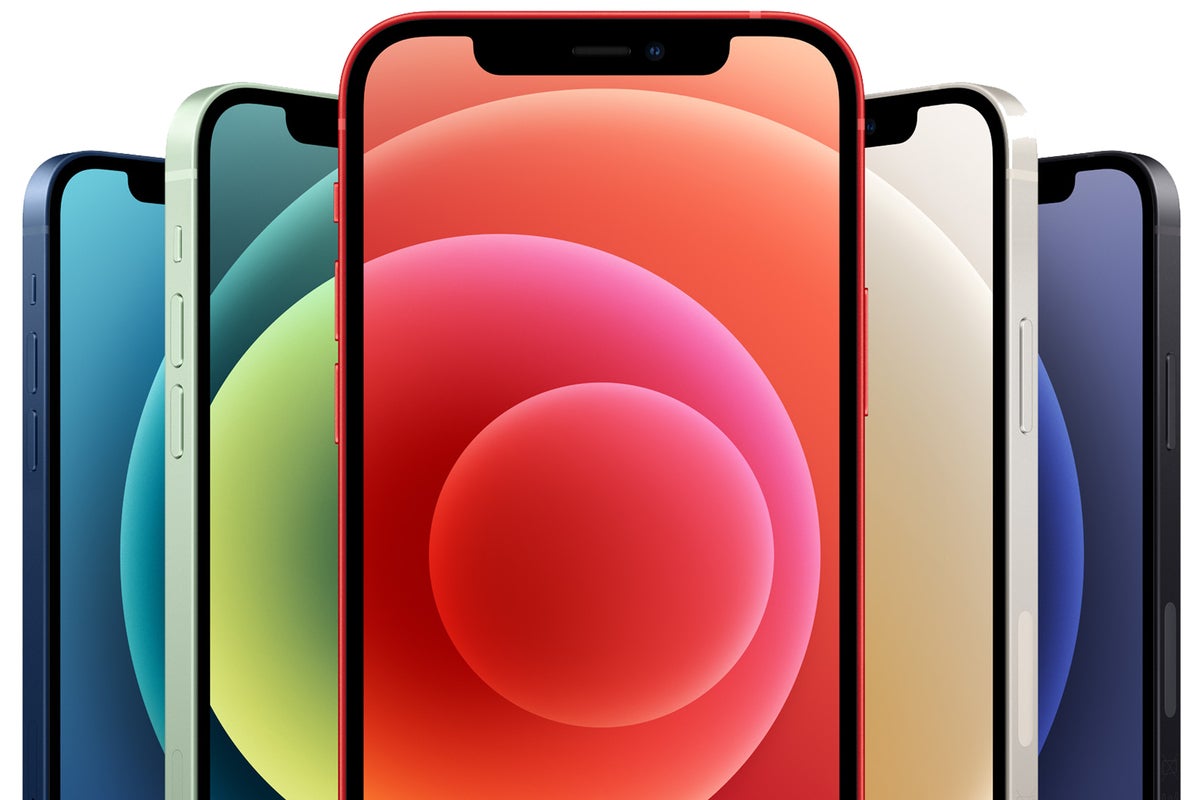 Apple
AppleWhen you buy a new iPhone 12 mini or 12, you’ll see that the retail price is actually $729 and $829, respectively. However, Verizon and AT&T customers will get a special carrier discount of $30 to bring the price down. T-Mobile and SIM-free buyers will still pay the higher prices. Storage upgrades are still $50 for 128GB and $100 for 256GB.
Those prices don’t apply to the Pro models, however. The iPhone 12 costs $999 and the iPhone 12 Max costs $1,099 just like last year. When you factor in the higher storage capacity, you’re actually getting a better value. And Apple applies that to the tiers as well, so they all cost $50 less than last year: $1,099/$1,199 for 256GB and $1,299/$1,399 for 512GB.
Our pick: The difference between the 128GB iPhone 12 and 128GB iPhone 12 Pro is just $120 this year versus $250 with the iPhone 11. For the extra camera features and design touches, we think that’s well worth the extra money. The Max is a great choice as well but likely a bit too big for most people, while the mini sacrifices a bit too much in the battery department to reach such a small size. So if you’re looking for the most phone for your money, the $999 iPhone 12 is the your best bet.
[ad_2]
Source link




